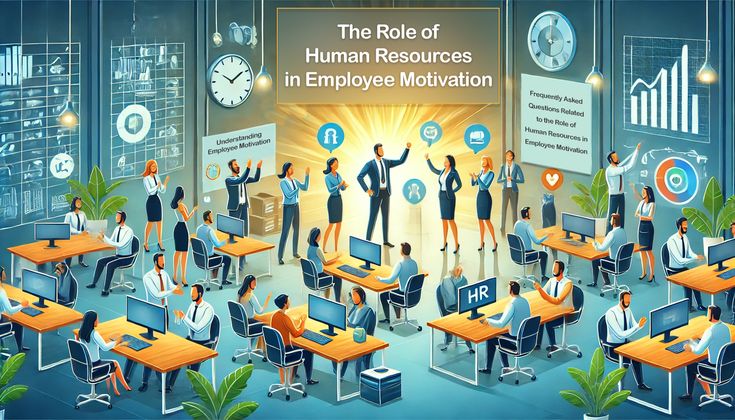“HR’s Role in Employee Wellbeing and Mental Health: Cultivating a Supportive Workplace Culture”

In today’s fast-paced work environment, employee wellbeing and mental health have become critical factors for organizational success. As companies strive to improve productivity and retain talent, human resources (HR) departments play a pivotal role in fostering a culture of wellness and support. This article explores the evolving role of HR in promoting mental health and wellbeing, the challenges they face, and actionable strategies for creating a supportive workplace culture.
The Growing Importance of Mental Health in the Workplace
Mental health issues have become a major concern for employers, with the rise in stress, anxiety, and burnout in the workforce. According to a study by the World Health Organization, depression and anxiety cost the global economy an estimated $1 trillion per year in lost productivity. This highlights the urgent need for organizations to prioritize mental health initiatives.
HR’s Role in Promoting Wellbeing and Mental Health
HR plays a vital role in shaping a mentally healthy workplace. It starts by developing clear mental health policies that outline available support systems, ensuring employees know where to seek help. HR also provides resources such as Employee Assistance Programs (EAPs) and counseling services, while offering workshops on stress management.
Training managers to recognize signs of burnout and creating an open culture for mental health conversations are essential. Additionally, HR advocates for flexible work arrangements to support work-life balance, and ensures confidentiality in handling mental health issues.
Even with budget constraints, small initiatives like mindfulness sessions or peer support can make a significant impact.
Best Practices for Supporting Employee Wellbeing
Regular Mental Health Days:
Companies like LinkedIn and HubSpot have introduced regular mental health days, where the entire company takes a day off to recharge. This initiative shows employees that their mental health is just as important as their work output.
Peer Support Networks:
Establishing peer support networks within the company allows employees to connect with colleagues who may have experienced similar mental health challenges. This peer-driven approach can help reduce the feeling of isolation and foster a stronger sense of community.
Leadership Engagement:
HR must work closely with senior leadership to ensure that mental health initiatives are supported at the highest levels. Leaders who demonstrate a commitment to wellbeing by sharing their own experiences or championing mental health programs can inspire employees to prioritize their mental health.
Conclusion:
As mental health continues to rise in prominence, the role of HR in promoting employee wellbeing will only grow. By developing thoughtful mental health policies, providing access to resources, fostering open communication, and creating flexible work environments, HR can help create a supportive culture where employees thrive both personally and professionally.
Investing in employee mental health is not just the right thing to do it’s a business imperative. A healthier workforce leads to increased productivity, lower absenteeism, and higher employee retention. By prioritizing mental wellbeing, HR can drive sustainable growth and create a happier, more resilient workforce.






Responses